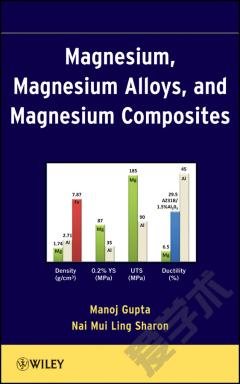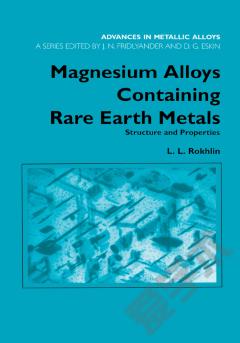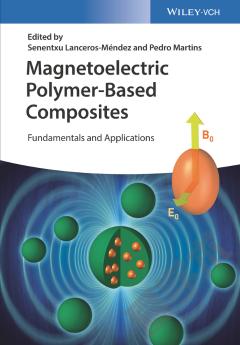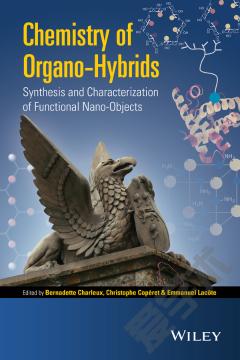Solid-State Synthesis of Magnesium-Based Functional Alloys and Compounds
Since the mid-nineties, magnesium-based alloys and compounds have been revisited in the hope that they will yield light functional materials. In this third wave of research and development of magnesium-based hydrogenstorage and thermoelectric materials, new factors have become important in addition to the improvement of their properties and performance. The move to reduce environmental damage requires the assurance of non-toxicity and energy-saving during manufacture. For example, the use of lead or bismuth additions must be avoided. Furthermore, due to the diminishing sources of antimony, tellurium and rare-earth elements, only metallic and non-metallic elements having a large Clerk number should be used for production. In order to compensate for these restraints, nano-technological innovation is urgently required; not only in optimum material design but also in material processing, manufacturing and device production, in order to achieve significant energy and cost savings.This monograph is concerned with the solid-state synthesis of magnesium-based functional alloys and compounds in order to further this third wave of R & D on thermoelectric and hydrogen storage materials. Various magnesium-based alloys and compounds are directly synthesized in order to investigate the effects of grain size, composition, dopants and non-equilibrium states upon the hydrogenstorage behavior and thermoelectric properties.
{{comment.content}}








 京公网安备 11010802027623号
京公网安备 11010802027623号